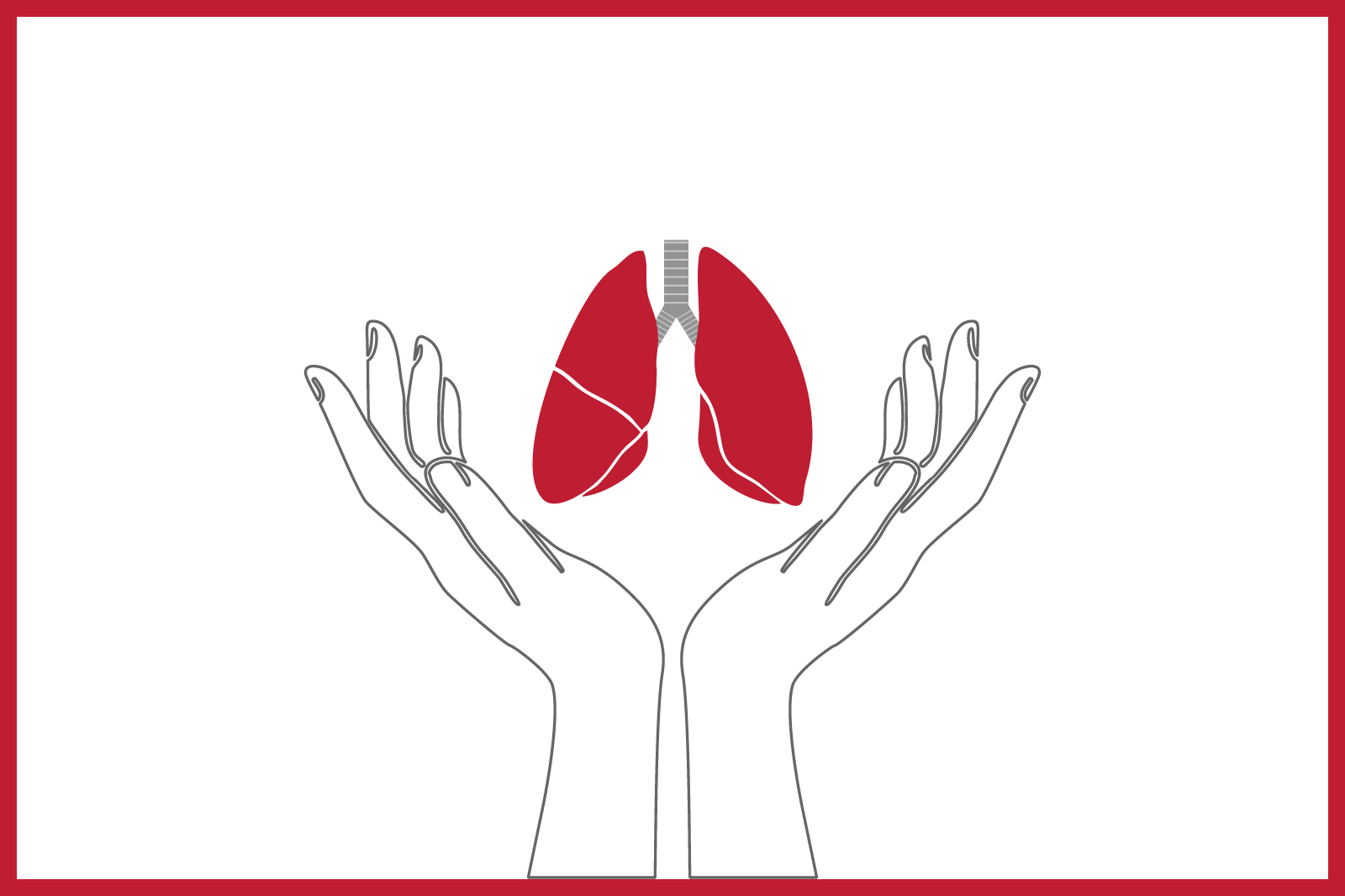
World Tuberculosis Day
March 24 is World Tuberculosis Day. Tuberculosis (TB) is a disease caused by a bacterium called Mycobacterium tuberculosis. The bacteria usually attack the lungs, but they can also damage other parts of the body.
TB spreads through the air when a person with TB of the lungs or throat coughs, sneezes, or talks. If you have been exposed, you should go to your doctor for tests. You are more likely to get TB if you have a weak immune system.
Symptoms of TB in the lungs may include
- A bad cough that lasts 3 weeks or longer
- Weight loss
- Loss of appetite
- Coughing up blood or mucus
- Weakness or fatigue
- Fever
- Night sweats
Skin tests, blood tests, x-rays, and other tests can tell if you have TB. If not treated properly, TB can be deadly. You can usually cure active TB by taking several medicines for a long period of time.
Most infections show no symptoms, in which case it is known as latent tuberculosis. About 10% of latent infections progress to active disease which, if left untreated, kills about half of those affected It was historically called consumption due to the weight loss. People with latent TB do not spread the disease. Active infection occurs more often in people with HIV/AIDS and in those who smoke. Tuberculosis may become a chronic illness and cause extensive scarring in the upper lobes of the lungs. The upper lung lobes are more frequently affected by tuberculosis than the lower ones. The reason for this difference is not clear. It may be due to either better air flow, or poor lymph drainage within the upper lungs.
The only available vaccine as of 2011 is Bacillus Calmette-Guérin (BCG). In children it decreases the risk of getting the infection by 20% and the risk of infection turning into active disease by nearly 60%.
It is the most widely used vaccine worldwide, with more than 90% of all children being vaccinated. The immunity it induces decreases after about ten years. As tuberculosis is uncommon in most of Canada, Western Europe, and the United States, BCG is administered to only those people at high risk.
The World Health Organization (WHO) declared TB a "global health emergency" in 1993, and in 2006, the Stop TB Partnership developed a Global Plan to Stop Tuberculosis that aimed to save 14 million lives between its launch and 2015. A number of targets they set were not achieved by 2015, mostly due to the increase in HIV-associated tuberculosis and the emergence of multiple drug-resistant tuberculosis.
Robert Koch identified and described the bacillus causing tuberculosis, M. tuberculosis, on 24 March 1882. He received the Nobel Prize in physiology or medicine in 1905 for this discoveryWorld Tuberculosis Day is marked on 24 March each year, the anniversary of Koch's original scientific announcement.
Despite the World Health Organization declaring that tuberculosis is a global emergency, and despite taking preventive measures to combat tuberculosis, the highly contagious disease continues to affect all vulnerable people, including the elderly (over 65). Unusual symptoms of tuberculosis in the elderly can lead to delays in diagnosis and initiation of treatment. Therefore, unfortunately, high mortality rates occur due to this infection. Underlying diseases, age-related decreased immune function, can complicate the treatment of tuberculosis in elderly patients.
One of the measures that should be taken to prevent the increasing prevalence of this disease in the elderly is to monitor and evaluate more closely the symptoms of tuberculosis in the elderly. People who have an underlying disease or a weakened immune system or who have to use immunosuppressive drugs should be classified for TB risk so that diagnostic or therapeutic measures can be specifically designed and used for them.

 Our Location
Our Location +1 (778) 723-6108
+1 (778) 723-6108
Leave Your Comment